-
Popular Brands View All BrandsPopular Brands View All BrandsPopular Brands View All BrandsPopular Brands View All BrandsPopular Brands View All Brands
- Dogs
- Cats
- Brands
- New Arrivals
- Below R150
- Refer & Save More
- Spring Sale
Nov 04, 2024
_11042024_005401.jpg)
If you ever had cats, you know they can be a bit clumsy while chasing after the toys or darting around the house. Sometimes, this can result in bumps, scratches, and other injuries that can lead to wounds. As a cat parent, it’s important to know how to care for these wounds before they cause more problems. In this blog, we will understand the types of wounds your feline friend may get and the best ways to help them recover.
Let’s start!
A wound is an injury in which the skin gets cut, punctured or torn. It may cause damage to the tissue or muscle or both.
Here are some of the common types of wounds in cats:
Puncture wounds: A puncture wounds is a deep cut in the skin caused by bites or sharp objects. These wounds are prone to infection and require proper treatment.
Abscess: An abscess is a painful lump filled with pus, often caused by an infection from a scratch or bite.
Pressure wounds: These sores develop when a cat remains in one position for too long, exerting pressure on the skin.
Blisters: A blister also known as vesicle, is a small fluid-filled bump on the skin caused by irritation or injury.
Bruises: Bruises are dark spots appearing under the skin when blood pools. They can be hard to spot on a cat, especially under fur.
Here are some essential supplies for treating wounds on a cat:
Tweezers
Bandages
Saline or antiseptic solution
Alcohol wipes and cotton balls
Sterile, non-stick gauze
Bandage tape
To treat a cat’s wound, first check how serious it is. If it’s deep and needs stitches or surgery, take your cat to the veterinarian. Minor wounds can be treated at home with safety.
Here are some steps to treat a cat's wound at home:
Stop the bleeding: For small bleeding cuts, it’s important to stop the bleeding. Use a clean cloth or sterile gauze and gently press it on a wound for about 10 minutes. It helps reduce blood flow and aids in clot formation. If the bleeding continues, see a vet.
Clean the wound: For cuts and abrasions, gently clean the wound with a clean, wet cloth. Be sure to remove any debris, and if necessary, trim the fur around the wound to keep it clean. Avoid rubbing the area, as this can cause further irritation.
Apply an antimicrobial treatment: To prevent infection and promote healing, apply an antimicrobial treatment. You can apply it directly onto the wound or onto the bandage before covering the area.
Check the wound regularly: Monitor your cat’s wound regularly. Ensure the bandage remains clean and dry. Change the bandage regularly and apply antimicrobial treatment to keep the wound free from infections. Try to prevent your cat from licking or scratching the wound, as it can hinder the healing process.
Here are some treatments your veterinarian may recommend for treating your cat's wounds:
Dermavet
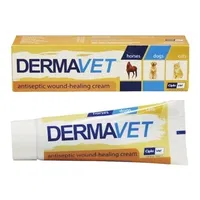
Dermavet is a treatment for superficial and infected cat wounds. It features a rich blend of antibacterial and antifungal agents, soothing properties, and provides analgesic support.
Panthox d-Panthenol Wound Spray
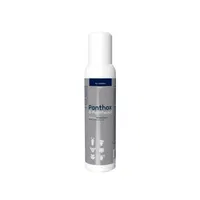
Panthox is an aerosol spray that prevents and treats topical oxytetracycline susceptible infections. It works on cuts, scrapes, open wounds, skin rashes, and foot rot in all animals. With mild antibacterial and antifungal properties, Panthox helps accelerate the healing process.
Woundine Spray
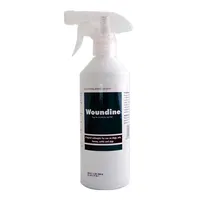
Woundine is a topical antiseptic solution for cats to treat wounds and infections. It is effective against bacteria, fungi, viruses, protozoa, and yeast infections. This antiseptic can be used on all types of animals and is particularly helpful for healing minor cuts, scratches, and abrasions. Additionally, it is useful for cleaning abscesses and preparing the skin before surgery.
Here are some important tips for preventing further issues with your cat’s wounds:
Supervise your cat when they play with other pets to prevent rough play that can cause injuries.
Keep dirt away from the wound.
Attend all follow-up vet visits to ensure proper healing.
Use a cone or Elizabeth collar to prevent your cat from licking or biting the wound.
Keep your cat's nails trimmed to reduce the chances of scratches during playtime.
Final Words
Taking care of your cat’s wound is an important part of being a responsible cat parent. By understanding the different types of wounds your feline friend might encounter and having the right supplies on hand, you can effectively treat minor wounds at home. With a little knowledge and proactive care, you can help your cat stay safe and healthy, allowing them to get back to their playful antics in no time!
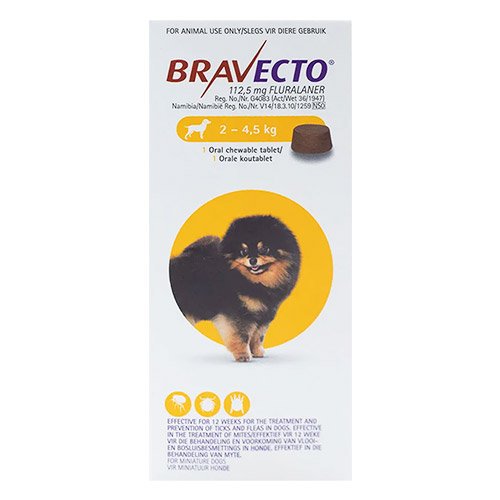
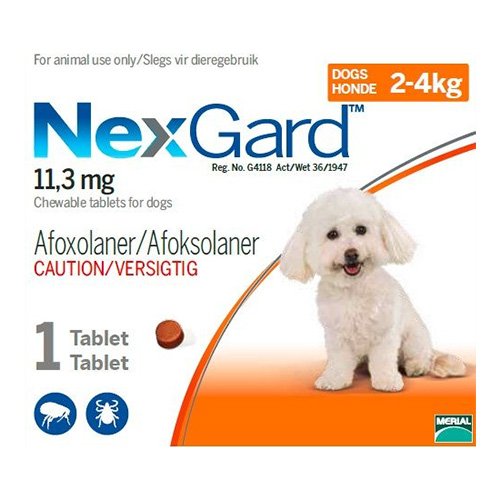
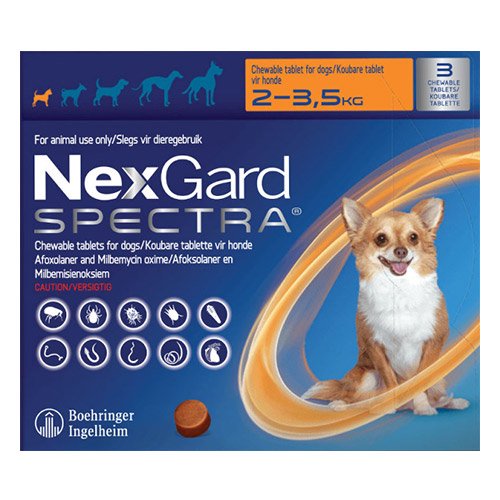
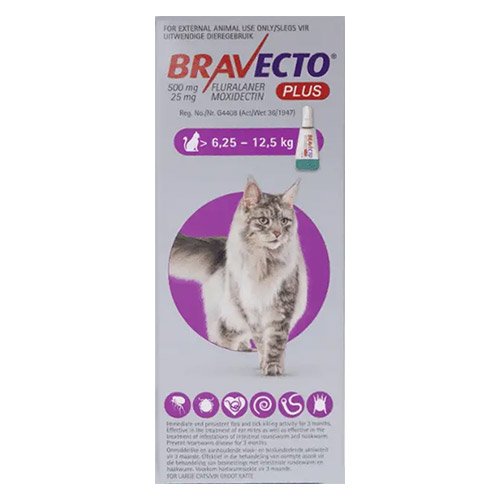
Oct 14, 2024
Ticks and flies are annoying parasites that are more than just a nuisance for horses. From skin irritations to transmission of diseases, th...
Oct 04, 2024
Sometimes our emotions get the best of us and we feel overwhelmed, and it’s the same with our four-legged family members. They are se...